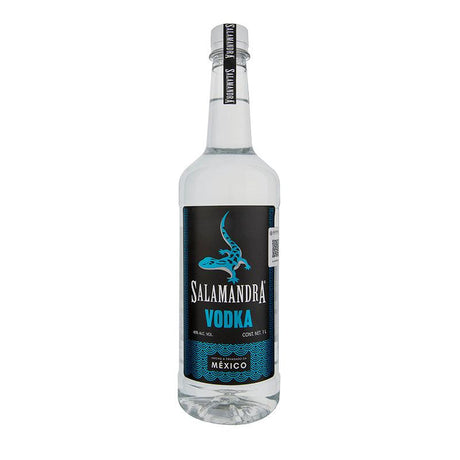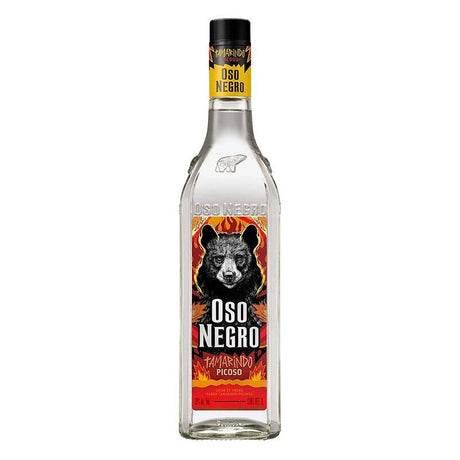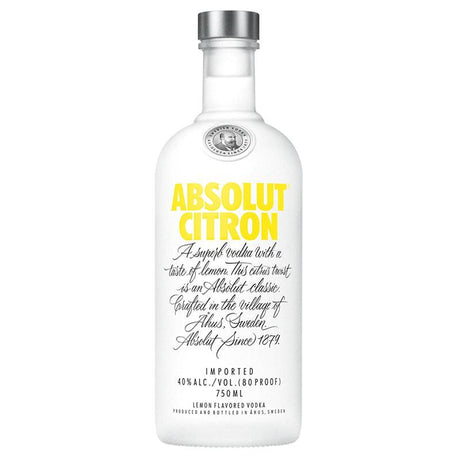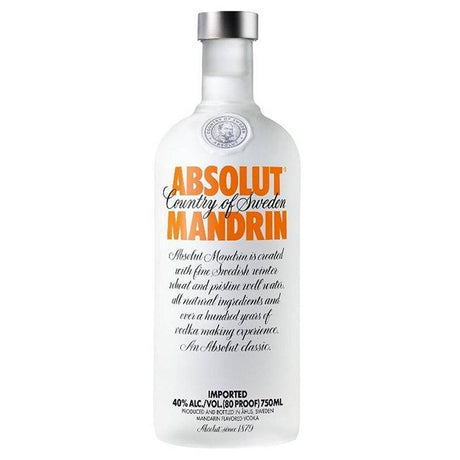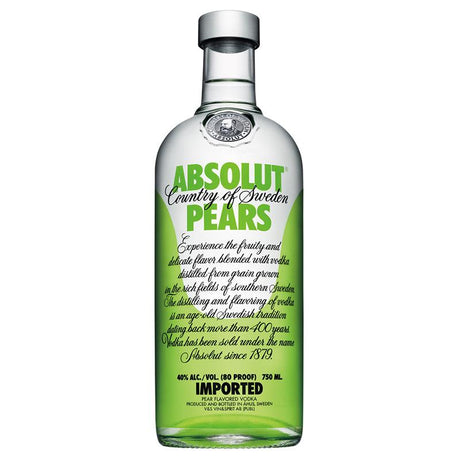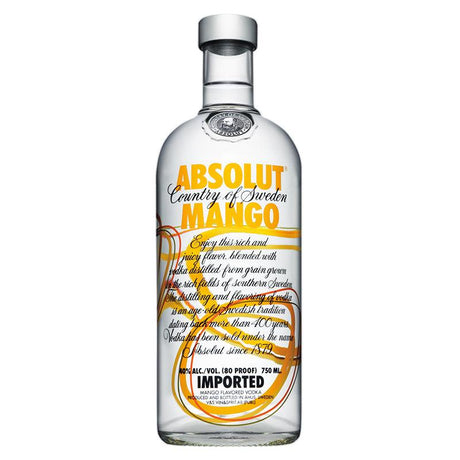When we think of vodka , the first thing that comes to mind is a crystal-clear, elegant, and versatile drink. But… did you know that its original ingredient was none other than the potato ?
Although many vodka brands today use grains such as wheat or rye , history takes us back to a much older root (literally).
Where was vodka born?
The exact origin of vodka is a matter of debate between Russia and Poland , two countries that have disputed its invention for centuries. However, the oldest records indicate that this beverage was already being consumed in Slavic regions as early as the 8th century , and the term "vodka" first appeared in Polish documents around 1405.
In Russian, the word vodka comes from voda , which means " water ," referring to its pure and transparent appearance.
Potatoes and vodka: an unexpected relationship
Although vodka was originally made from grains, it wasn't until the 18th century that potatoes began to be used in its production. In regions where wheat was scarce but potatoes were plentiful, such as certain rural areas of Poland and Russia, distillers found this tuber to be an excellent substitute for creating an inexpensive yet high-proof alcoholic beverage.
The process involves fermenting potatoes, converting their starches into sugars, and then distilling the resulting liquid to obtain a pure, dry vodka with an earthy touch.
What type of vodka is consumed today?
Today, potato vodka still exists and is appreciated for its creamier , smoother texture. Some artisanal and premium brands use it as a distinguishing feature compared to their grain-based versions.
In countries like Sweden, Norway, and Finland, it is also common to find vodkas made with local potatoes, keeping this tradition alive.
We're sharing our favorite vodkas with you :
Now that you know the origin of this spirit, find your favorite in our premium vodka collection at VinosyLicores.com and prepare your cocktails for the summer.


